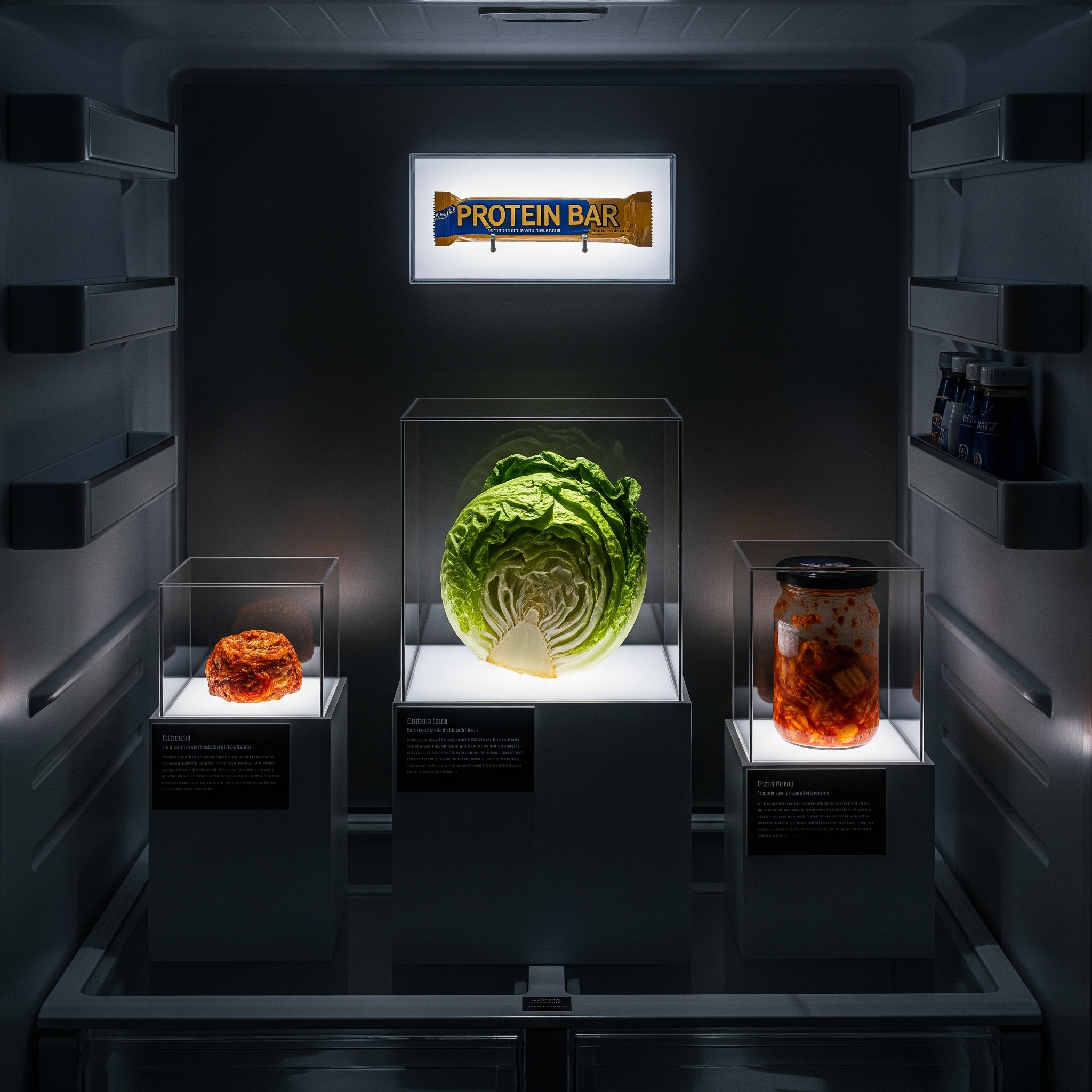
The Kitchen I Saw on Instagram vs. My Actual Kitchen
We’ve all scrolled past it: the perfect kitchen. It’s a vision of pristine, sun-drenched countertops, minimalist decor, and a single,
By entering your email and clicking Subscribe, you’re agreeing to let us send you customized marketing messages about us and our advertising partners.
Ah, the 5-second rule. That universally recognized, unwritten law that governs what we do when a piece of food plummets to the floor. We’ve all been there: a delicious morsel slips from our grasp, and our reflexes kick in. Time...

Ah, the 5-second rule. That universally recognized, unwritten law that governs what we do when a piece of food plummets to the floor. We’ve all been there: a delicious morsel slips from our grasp, and our reflexes kick in. Time seems to slow down as we race to retrieve it before it’s too late. But is this culinary grace period a legitimate safety net or just a convenient excuse? Let’s dive into a completely unscientific analysis of this age-old tradition.
The core principle of the 5-second rule is simple: if you pick up food from the floor within five seconds, it’s safe to eat. The unstated assumption is that germs need time to transfer. In reality, scientists have debunked this theory. Studies have shown that bacteria can transfer to food almost instantaneously, regardless of the surface type. Factors like moisture, surface texture, and the type of food all play a more significant role than time. A wet piece of food will pick up bacteria much faster than a dry one, for example. So, from a strictly scientific standpoint, the 5-second rule is a myth. ????♀️

But let’s be honest, the 5-second rule isn’t really about science. It’s about optimism. It’s the triumph of hope over reality. We want to believe that our food is still salvageable. The 5-second window provides a mental loophole, a brief moment of plausible deniability. It allows us to save a perfectly good piece of food from an untimely end without feeling too guilty about it. It’s a game we play with ourselves, a small act of defiance against the cruel laws of gravity and hygiene.
The 5-second rule also has a fascinating social component. It’s an unspoken agreement, a shared cultural experience. When a friend drops a chip and quickly snatches it up, we don’t usually gasp in horror. Instead, we might nod in solidarity or playfully jeer. It’s a bonding moment, a way of acknowledging our shared human fallibility. The rule is flexible, too. It changes depending on who you’re with and where you are. Dropping a fry on your own clean kitchen floor is one thing; dropping it on a public sidewalk is quite another.
The rule isn’t just about time; it’s about context.
So, is the 5-second rule real? Scientifically, absolutely not. Germs don’t follow our rules. But from a human perspective? The rule is very real. It’s a comforting ritual, a psychological coping mechanism, and a testament to our enduring love for food. It’s not a rule of science, but a rule of life. So go ahead, retrieve that fallen cookie. Just maybe don’t tell your doctor about it. ????

We’ve all scrolled past it: the perfect kitchen. It’s a vision of pristine, sun-drenched countertops, minimalist decor, and a single,

My fridge isn’t just a place to store food; it’s a living museum of my past diets. Each shelf, each

The idea of cooking with kids is a beautiful one. You envision a scene straight out of a movie: little